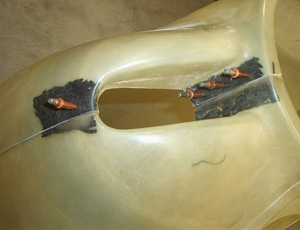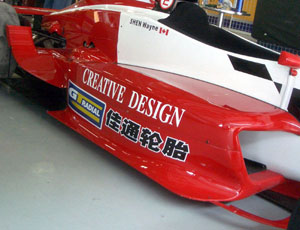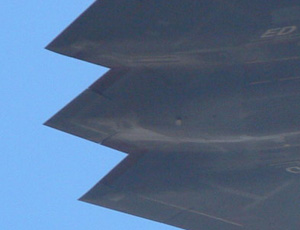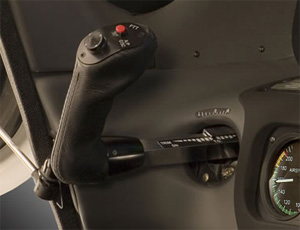|
+Pro/SURFACE Level 3 Workshop
Course Duration: 16 Hours
Tuition: $1200.00 US Cost of this course
is negotiable with more than one student enrollment.
Overview: This course is highly customizable
and is usually administered One on One. This workshop is recommended to
those looking to get to
a higher level of Pro/SURFACE understanding and for those wishing
to go on to our most popular Level 7 ISDX
Surfacing workshop.
This class is perfect for Product Design Engineers who already maintain
a high level of surfacing understanding but want to punch themselves to
the next level. This class focus is on capturing form and many of the
amazing unused tools within Pro/SURFACE.

Prerequisite: 'Level 2 Workshop' or serious
prior use of Pro/SURFACE (this course is next after our Level 2 Workshop)
Topics:
- Learn to eliminate isoparms/isolines
- Learn to take advantage of isoparms/isolines with respect to striation
or flow of a surface.
- learn about tangency issues in-depth using examples of difficult surface
anomalies with control points with and without.
- Learn advanced details of Variable Sweep surfacing techniques problems.
Discuss with examples to maintaining draft using sweep functions.
- Learn techniques for capturing form by looking at various foam model
evaluation process and offer several starting examples on how to initiate
the surface modeling process
- Building surfaces from graph features
- Alternate surface creation techniques from more robust curves. Introduce
to 3d bounding box or Lattice structures.
- Create ridiculously robust models utilizing lattice structures. Discuss
incorporating handles for further control and understanding over surfaces
that look at those curves.
- Students can if interested explore curvature continuity (G2) and multiple
plan of attack by looking at existing products. Yes, Pro/SURFACE can
do curvature continuous G2 curves and surfaces.
- We supplement this training with technique utilized by Alias style
techniques utilized in the automotive industry.
- Hands on efforts through as many as ten tutorials that illustrate
thru computer examples. This workshop could take weeks even with participants
who consider themselves expert level Pro/SURFACE users and adept to
advanced surfacing

Discussions:
- Discuss standard modeling techniques with respect to industry standards.
- Discuss light reflections with respect to subconscious understanding
of the 3d form.
- Compare Pro/SURFACE to Alias modeling techniques and discuss difference
between each for approach.
- Discuss three part to four part boundary trickery with more than four
examples for getting out of a corner.
- Discuss plan of attack and approach for capturing form from foam models
or ID sketches.
- Discuss proving form and go over techniques for proving form. ideation.
i.e. get to multiple 3d iterations within hours instead of days.
- Discuss with examples advanced functions of Pro/SURFACE and go over
it's weaknesses and strengths comparing to other hi-end industry standard
surfacing software.
- Discuss technique for building a more robust plans of attack with
respect to Pro/SURFACE
- Discuss light reflections from an industrial designers perspective
with examples with respect to G2 Continuity.
- Compare other surface modeling software utilities to Pro/SURFACE (may
leave out for time constraints)
- Discuss clam shell plastic part design as related to swept surfaces.
Also discuss styling grooves with examples.
- Discuss proper technique for letting others to follow understand your
approach to surface modeling.
- Discuss in detail surface analysis tools and discuss practical uses
with examples.
- Discuss in detail techniques for avoiding 3 part boundaries and discover
why expert surface modelers do not use 3 part boundaries. (even masters
of surfacing for reverse engineering)
- Discuss in detail what Industrial Designers study in College and how
you as a product engineer can work better within that product design
arena.
- Overview of ISDX and discuss strengths and weaknesses of both Pro/SURACE
and ISDX.

Participants can take home web and PDF based tutorials to re-create after
the class.
This course is usually customized to focus on the students learning wishes
and company projects. Bring example work or problematic models on CD ROM
for in context discussions.

|